Introduction to Laser Tattoo Removal
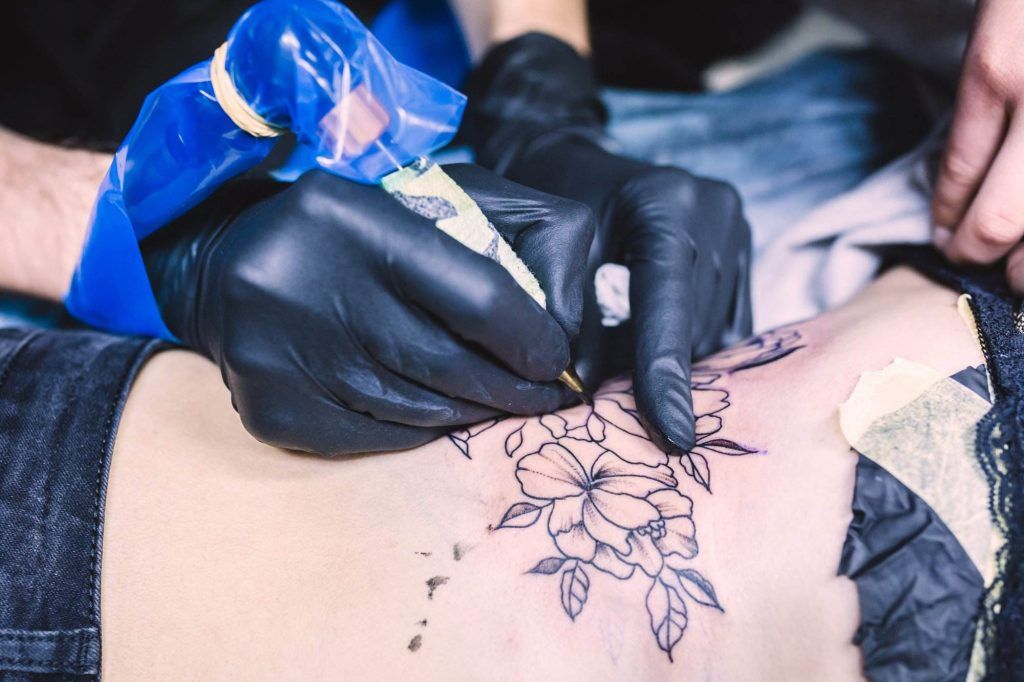
History of Tattoo Removal
The practice of tattoo removal has evolved significantly over the years. Historically, methods such as saline solutions, dermabrasion, and even surgical excision were commonly used. These techniques often left scars and could cause considerable discomfort. With the advent of modern technology, particularly the development of laser treatments in the late 20th century, tattoo removal has become more efficient and less painful. Laser tattoo removal began gaining traction in the 1980s, when Q-switched lasers were introduced. These specialized lasers could target specific pigments in the skin without affecting the surrounding tissues, resulting in a safer removal process. Over the years, advancements in laser technology have continued to enhance the effectiveness of tattoo removal, making it a viable option for many.
Types of Tattoos Suitable for Removal
Not all tattoos respond equally to laser removal, and understanding what types are suitable can help set realistic expectations. Common types of tattoos that can be effectively removed include:
- Professional Tattoos: Typically created with high-quality ink, these tattoos respond well to laser treatment.
- Amateur Tattoos: These often contain less pigment and can usually be removed with fewer sessions.
- Cosmetic Tattoos: Eyebrow tattoos and eyeliner can also be effectively lightened or eliminated.
In contrast, certain tattoos, such as those with bright colors or heavy scarring, may be more challenging to remove. It’s essential for individuals considering laser tattoo removal to consult a qualified professional for personalized insight and advice on their specific tattoo type.
Understanding the Laser Tattoo Removal Process
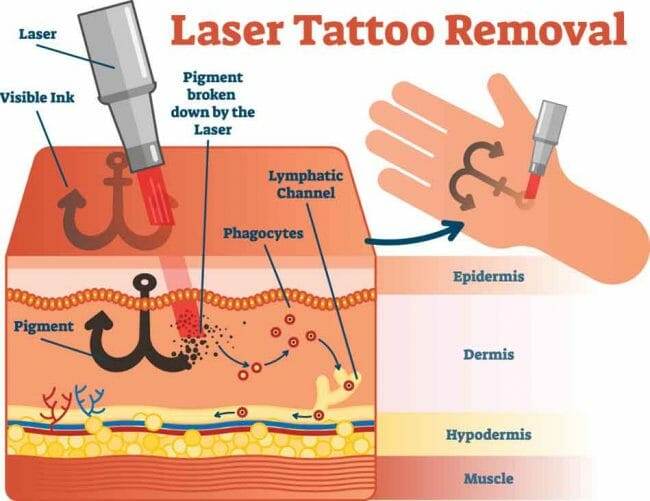
How Laser Technology Targets Pigments
Understanding how laser technology works is crucial for anyone considering tattoo removal. The process primarily involves the use of high-intensity light beams that penetrate the skin to break down the ink particles embedded within it. Here’s how it functions:
- Selective Photothermolysis: This is the underlying principle, where specific wavelengths of light are absorbed by particular pigments in the tattoo ink. Darker inks, such as black and blue, tend to absorb the laser light more effectively.
- Ink Fragmentation: When the laser hits the tattoo, the ink particles heat up and shatter into smaller pieces. This fragmentation aids the body’s immune system in absorbing and eliminating the ink naturally over time.
- Safety Mechanisms: Advanced laser systems are designed to minimize damage to surrounding skin, making the process safer and reducing recovery time.
Factors Affecting the Number of Sessions Needed
The number of laser sessions required for effective tattoo removal can vary widely based on several factors, including:
- Tattoo Size: Larger tattoos typically require more treatments.
- Color of the Ink: Darker colors are generally easier to remove than lighter hues.
- Age of the Tattoo: Older tattoos may fade more readily as the ink has already started to break down.
- Skin Type and Tone: Individual skin differences can affect the absorption of laser light and overall results.
On average, patients may require anywhere from 5 to 10 sessions, but personalized assessments from trained professionals will provide the best gauge on what to expect.
Preparing for Laser Tattoo Removal
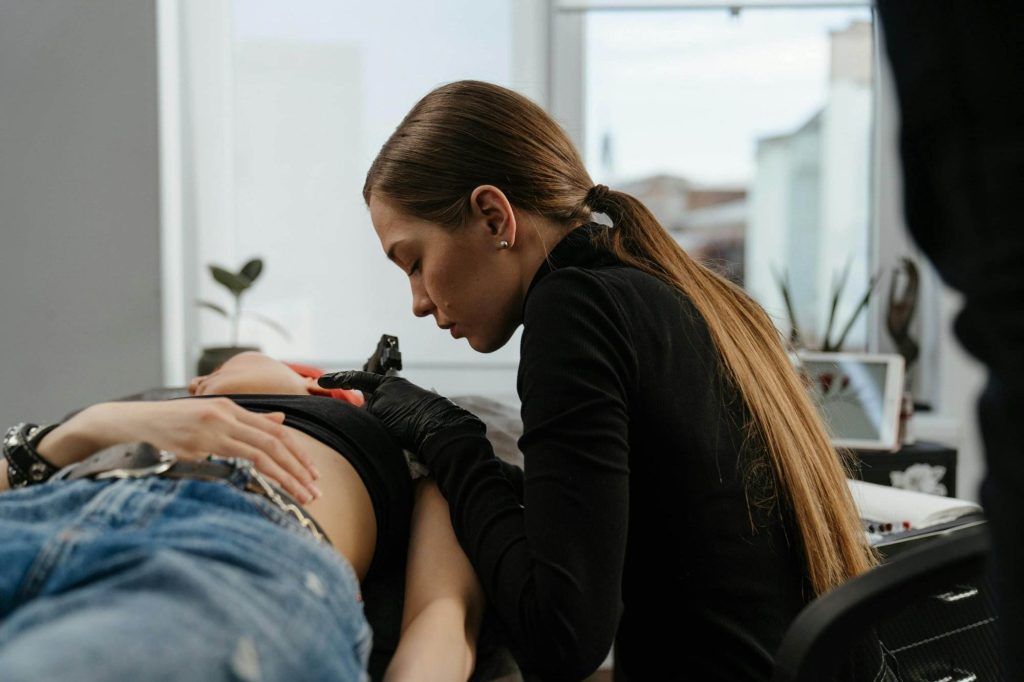
Consultation with a Dermatologist
Preparing for laser tattoo removal begins with an important step: the consultation with a qualified dermatologist. This initial meeting is essential for assessing the tattoo and determining the best removal approach. During this consultation, several key aspects will be discussed:
- Tattoo Assessment: The dermatologist will evaluate the tattoo’s size, colors, and age, which influence the likelihood of successful removal.
- Medical History Review: Providing a complete medical history, including any skin conditions, allergies, or previous treatments, helps the dermatologist tailor the procedure to your needs.
- Expectation Setting: Understanding the potential results, recovery time, and side effects is crucial. The doctor will outline a realistic treatment plan based on your unique circumstances.
Pre-Treatment Instructions to Follow
After the consultation, it’s vital to follow specific pre-treatment instructions to optimize results. Here are some common guidelines:
- Avoid Sun Exposure: Protect the tattooed area from sun exposure to minimize the risk of hyperpigmentation.
- Stay Hydrated: Drinking plenty of water before treatments helps keep your skin in optimal condition.
- Refrain from Blood Thinners: Avoid aspirin and certain supplements (like fish oil) for a week prior to treatment to reduce the risk of bruising.
- Empty Stomach: If possible, have a light snack before your session as some patients may feel lightheaded afterward.
By adhering to these preparation steps, individuals can enhance the effectiveness of the laser tattoo removal process and ensure a smoother experience.
The Laser Tattoo Removal Procedure
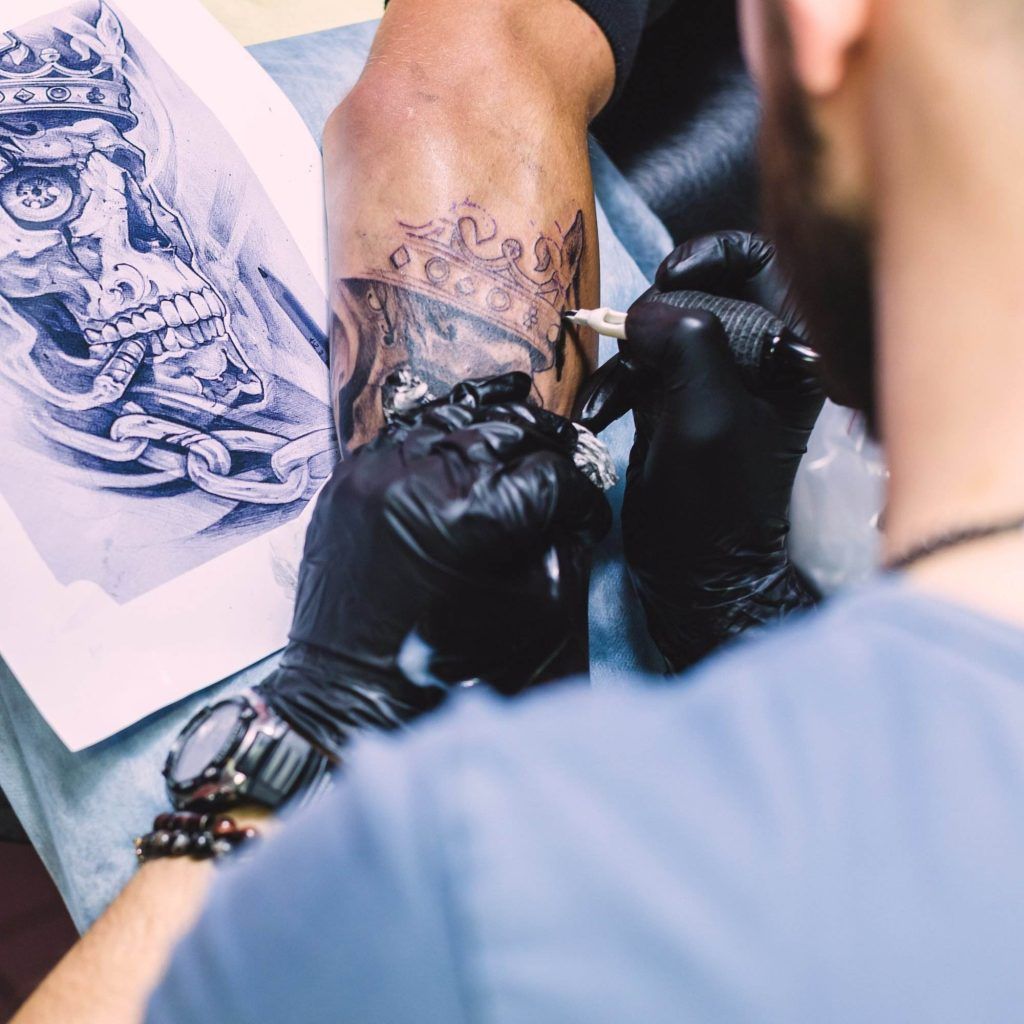
Step-by-Step Overview of the Treatment
Once the preparation is complete, the laser tattoo removal procedure can begin. Understanding the steps involved can ease any apprehensions. Here’s a typical step-by-step overview of the treatment process:
- Initial Cleaning: The tattooed area is thoroughly cleaned to minimize the risk of infection.
- Protective Eye Gear: Both the patient and the practitioner will wear protective eyewear to safeguard against the bright laser light.
- Laser Application: The dermatologist will use a handheld laser device to target the ink. Each pulse may feel similar to the snap of a rubber band against the skin.
- Cooling Measures: Advanced equipment often includes cooling mechanisms to soothe the skin during treatment.
- Post-Treatment Care: After the session, the area may be treated with ointment and dressed appropriately to facilitate healing.
Pain Management Options Available
While individual pain tolerance varies, there are several pain management options to consider during the procedure:
- Topical Anesthetics: Ointments can be applied before the session to numb the area and minimize discomfort.
- Cold Compresses: Utilizing cool packs before and after treatment can help relieve pain and reduce swelling.
- Inhalation Sedation: For patients who may experience significant anxiety, some facilities offer inhalation sedation to help ease discomfort during the procedure.
- Distraction Techniques: Listen to music or practice deep-breathing exercises to help shift focus during treatment.
By understanding the procedure and available pain management options, individuals can feel more confident on their journey toward tattoo removal.
Aftercare and Recovery Tips
Post-Treatment Skincare Routine
Taking care of your skin after laser tattoo removal is vital for optimal healing and results. Following a proper post-treatment skincare routine can minimize discomfort and enhance your body’s natural healing process. Here’s a recommended routine to consider:
- Keep the Area Clean: Gently wash the treated area twice a day with mild, fragrance-free soap, avoiding harsh scrubs.
- Moisturize: Apply a thin layer of antibiotic ointment or a recommended healing cream to keep the skin moisturized. This helps prevent scabbing and reduces risk of infection.
- Avoid Picking or Scratching: As tempting as it may be, refrain from touching the treated area to prevent irritation or scarring.
- Sun Protection: Use sunscreen with high SPF to protect the skin from UV rays. Sun exposure can darken the treated area, affecting the healing process.
Potential Side Effects to Watch Out For
While laser tattoo removal is generally safe, it’s essential to be aware of potential side effects:
- Redness and Swelling: Expect some redness and swelling post-treatment. This is a normal response and usually resolves within a few hours.
- Blistering: In some cases, blisters may develop. It’s crucial not to pop them, as this can lead to infection.
- Hypopigmentation or Hyperpigmentation: Changes in skin color may occur temporarily or, in rare cases, permanently. Following aftercare instructions diligently can help mitigate these risks.
- Itching or Sensitivity: As the skin heals, some itching may occur. Applying soothing ointments can help alleviate discomfort.
Being informed about these aspects of aftercare can ensure a smoother recovery and contribute to the effectiveness of the laser tattoo removal process.
Expected Results from Laser Tattoo Removal
Factors Influencing Tattoo Fading
As individuals consider laser tattoo removal, it’s essential to understand what influences the fading of a tattoo. Several factors play a significant role in how effectively the ink responds to treatment:
- Ink Color: Dark inks, particularly black and blue, typically fade faster than lighter colors like green or yellow. Each ink color absorbs laser light differently, affecting the treatment’s efficacy.
- Tattoo Age: Older tattoos may have already begun to fade naturally due to skin exfoliation and the body’s immune response, which can facilitate a more straightforward removal process.
- Depth of Ink: If the ink is deeply embedded in the skin, it may require more sessions for successful removal compared to surface tattoos.
- Skin Type: Individual skin characteristics, such as pigmentation and sensitivity, can influence how the skin responds to the procedure.
Realistic Expectations for Final Outcome
Setting realistic expectations is crucial when embarking on the tattoo removal journey. While most individuals can expect significant fading, complete removal is not always guaranteed. Here are some points to consider:
- Multiple Sessions Required: On average, patients may need between 5 and 10 sessions, spaced several weeks apart, to achieve optimal results.
- Permanent Scarring or Marking: While modern laser techniques are designed to minimize skin damage, there’s still a risk of scarring or changes in skin texture.
- Variability: The final outcome can vary greatly between individuals. Factors such as skin tone, health status, and tattoo characteristics make personalized assessments vital.
By understanding these influencing factors and managing expectations, individuals can approach the laser tattoo removal process with clarity and confidence.
Cost of Laser Tattoo Removal
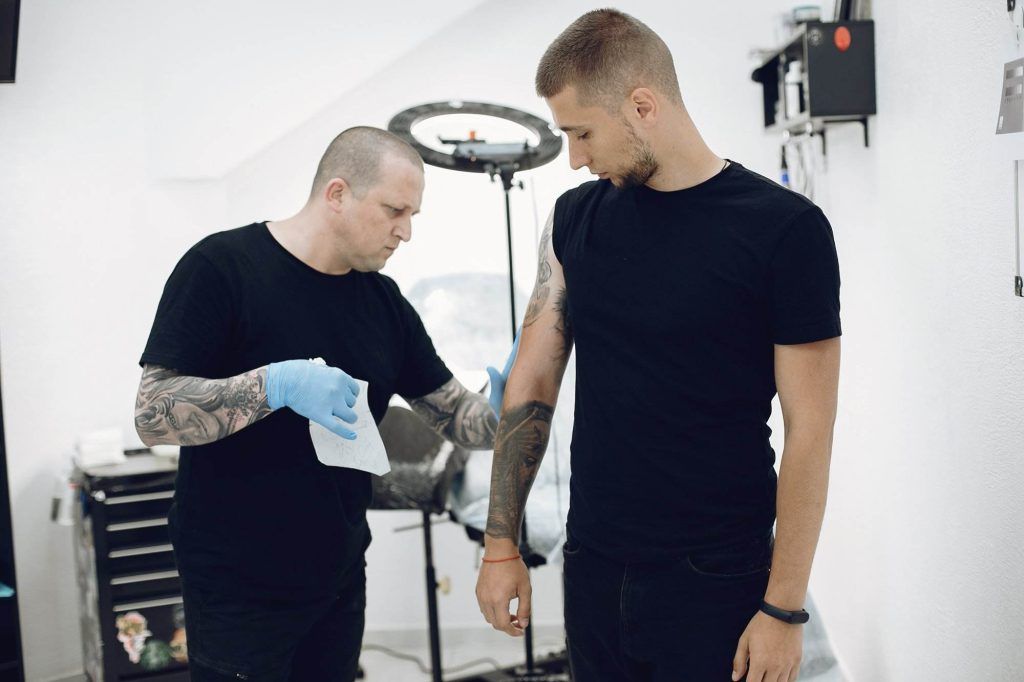
Average Price Range for Sessions
When considering laser tattoo removal, understanding the costs involved is essential for budgeting appropriately. The average price for sessions can vary significantly based on several factors, but here’s a general idea of what to expect:
- Small Tattoos: Typically priced between $200 to $400 per session, small tattoos (about the size of a palm) usually require fewer treatments.
- Medium Tattoos: For tattoos ranging between the size of a dinner plate, the cost can be anywhere from $400 to $800 per session.
- Large Tattoos: Larger tattoos may require significant investment, generally falling within the $800 to $1,500 range per session, depending on their intricacy.
On average, patients can expect to spend anywhere from $2000 to $5000 throughout the entire removal process, depending on the number of sessions needed.
Additional Factors Impacting Overall Cost
In addition to the initial price range, several factors can influence the overall cost of laser tattoo removal:
- Geographic Location: Prices often vary based on the clinic’s location. Urban areas may have higher costs due to increased demand and overhead.
- Facility Reputation: Established clinics with experienced dermatologists may charge more for their expertise and advanced technology.
- Technology Used: The type of laser technology employed can affect the cost. Cutting-edge, high-quality lasers may come at a premium but offer better results.
- Consultation Fees: Some practitioners charge for the initial consultation, so it’s wise to inquire about this beforehand.
Understanding these cost factors can help individuals prepare financially while ensuring they select the right facility for their needs.
